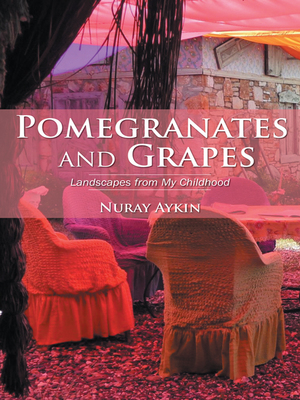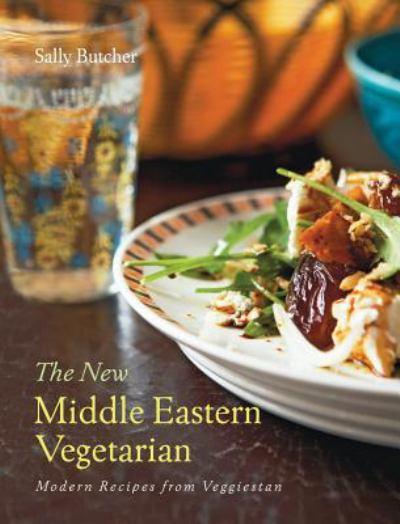 It's back-to-school month with no letup in our country's interminable decline into child illiteracy and obesity. Each of these epidemics is being addressed by educators, two presidents' wives, chefs, scholars and scores of other professionals -- all of them with competing "solutions."
Two books may help empower kids in the way they ought to be: Sunday is for the Sun, Monday is for the Moon, written by Sandra Priest Rose and Glen Nelson (2012), tells the story of how the Reading Reform Foundation of New York has, over the past 30 years, touched the lives of more than 20,000 school kids in kindergarten through third grade by helping them learn to read by understanding word meanings. (It is precisely this age that good, or bad, eating habits come into play, but that's another story.) Deploying multisensory, phonetic techniques, the Foundation trains public school teachers right in their classrooms with some extraordinary results to show for it. And Kids Cook 1-2-3 (written by yours truly in 2006, Bloomsbury) helps empower young children by teaching the foundations of cooking using simple techniques, some ABCs, and 1-2-3s (each recipe uses only three ingredients except for salt, pepper and water.) There is much evidence to support the reality that kids will eat healthy food if they become part of the process of preparing it.
It's back-to-school month with no letup in our country's interminable decline into child illiteracy and obesity. Each of these epidemics is being addressed by educators, two presidents' wives, chefs, scholars and scores of other professionals -- all of them with competing "solutions."
Two books may help empower kids in the way they ought to be: Sunday is for the Sun, Monday is for the Moon, written by Sandra Priest Rose and Glen Nelson (2012), tells the story of how the Reading Reform Foundation of New York has, over the past 30 years, touched the lives of more than 20,000 school kids in kindergarten through third grade by helping them learn to read by understanding word meanings. (It is precisely this age that good, or bad, eating habits come into play, but that's another story.) Deploying multisensory, phonetic techniques, the Foundation trains public school teachers right in their classrooms with some extraordinary results to show for it. And Kids Cook 1-2-3 (written by yours truly in 2006, Bloomsbury) helps empower young children by teaching the foundations of cooking using simple techniques, some ABCs, and 1-2-3s (each recipe uses only three ingredients except for salt, pepper and water.) There is much evidence to support the reality that kids will eat healthy food if they become part of the process of preparing it.
A second-grader asked of Ms. Rose's project: "Why do they call the reading program 'reading reform'? It should be called Reading Intelligence," she went on to say, "because that's how it makes me feel." And one kid said of Kids Cook 1-2-3, "I learned how to measure with measuring cups. I also learned that it is good to try foods you don't know about because you might like them." What's essential to both tasks? Reading comprehension = empowerment.
Since its founding in 1979, more than 6,000 teachers have taken the Reading Reform Foundation's step-by-step course that relies on the simultaneous sounding and writing of syllables and words in order to reinforce the sensory pathways critical in learning. Public schools pay only 20 percent of what is needed for training costs and twice-weekly supervision; the rest is handled by the Foundation. Every Reading Reform consultant visits a school 60 times during the school year. This time-honored approach, built upon a methodology created by Dr. Samuel Orton (a neuropsychiatrist) and Anna Gillingham (a psychologist and educator), begins with letter pairings, or phonograms, which form the basis of the English language. And the rather remarkable news is that the program is replicable in every classroom in America. One needs to wonder why it hasn't taken hold everywhere.
And while they are teaching reading to eager youngsters, may I also suggest teaching cooking? Then all the kids can eat their words.
Sunday is for the Sun, Monday is for the Moon: Teaching Reading, One Teacher & 30 Children at a Time is a slim academic book full of charts and graphs and good results; it is a book meant to save American education. It is meant primarily for teachers, principals and interested parents everywhere. I am one of those.
Brava to the Reading Reform Foundation and to another inspiring program called "Every Child a Reader" -- part of The Children's Book Council. To that I'd like to add "Every Child a Cook," and we'll be on our way to literacy and health in no time.
(info@readingreformny.org 212-307-7320) (Every Child a Reader -- robin.adelson@cbcbooks.org/212-966-1990)
 Pomegranates and Grapes:
Landscapes from My Childhood
By Nuray Aykin (iUniverse 2012)
Pomegranates and Grapes:
Landscapes from My Childhood
By Nuray Aykin (iUniverse 2012)  The New Middle Eastern Vegetarian:
Modern Recipes from Veggiestan
By Sally Butcher (Interlink Books, 2012)
The New Middle Eastern Vegetarian:
Modern Recipes from Veggiestan
By Sally Butcher (Interlink Books, 2012)